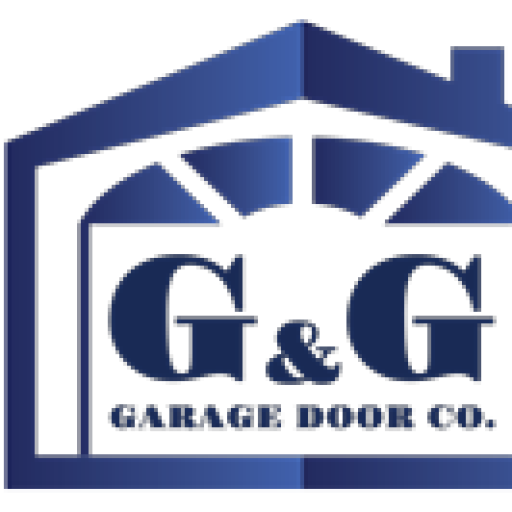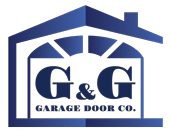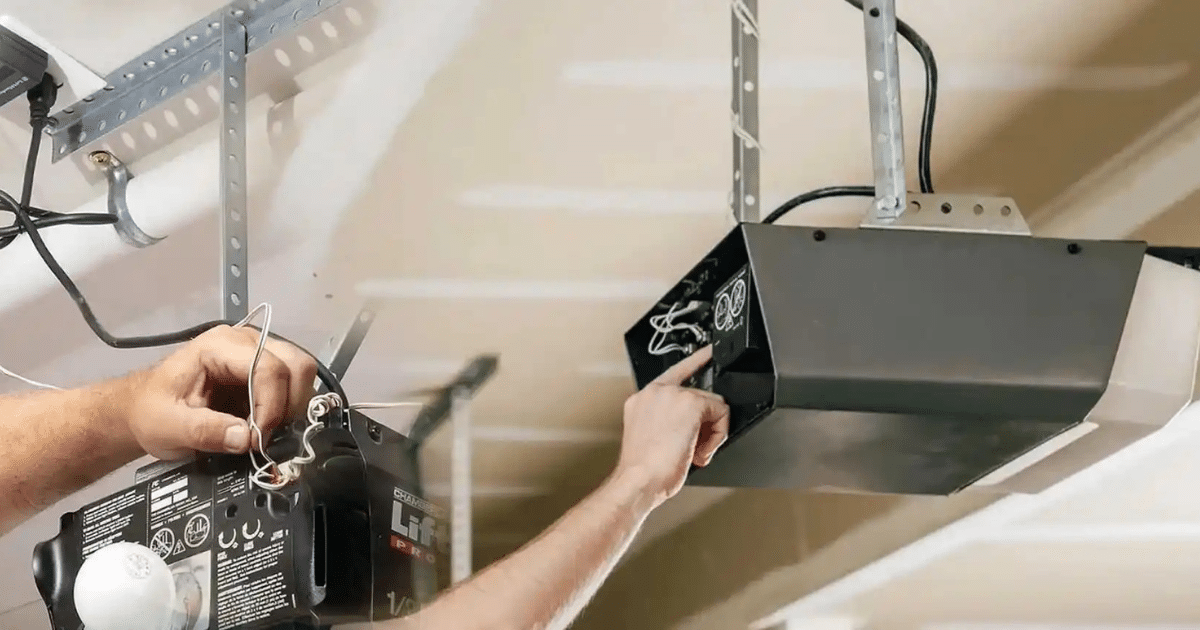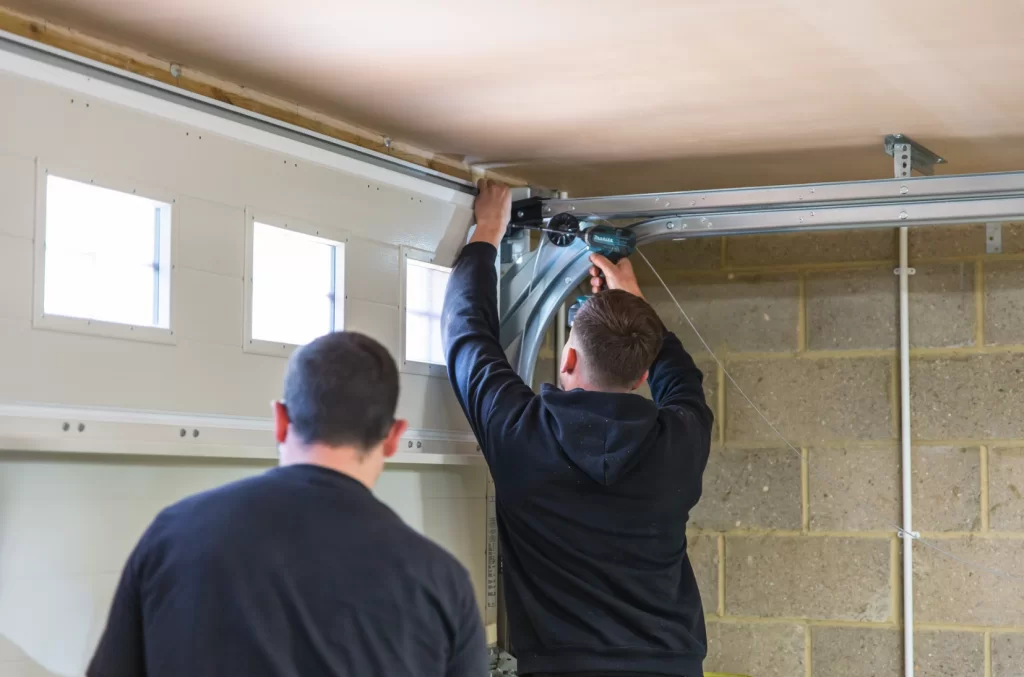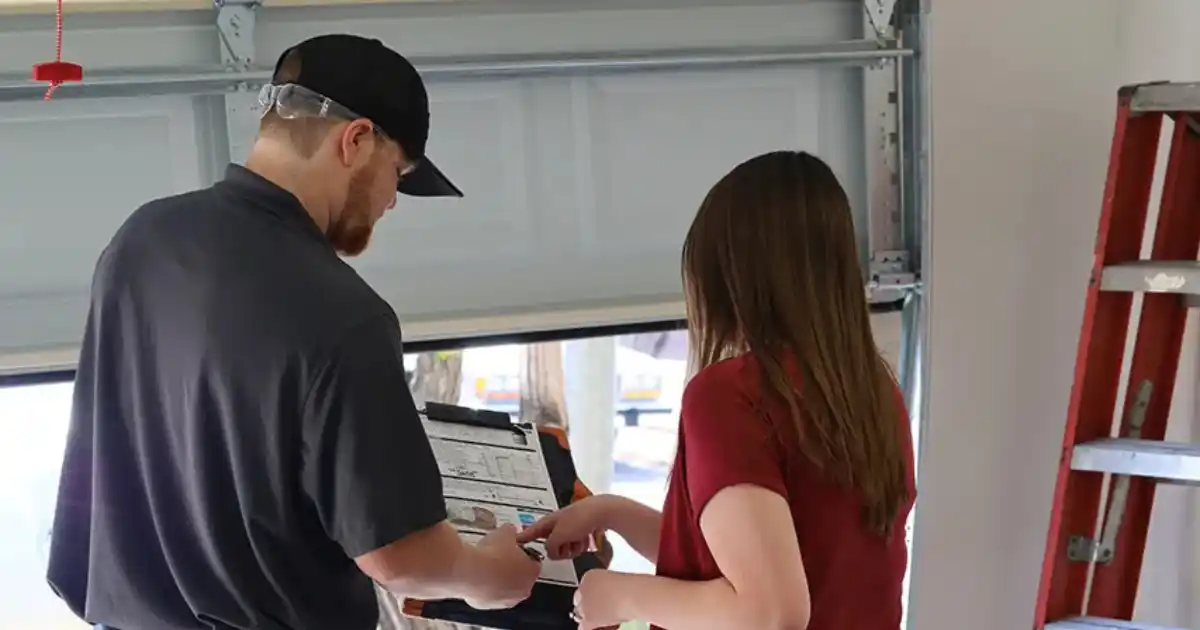Explore a wide selection of parts for a garage door opener. Affordable, durable, and shipped fast!
When your garage door opener starts acting up, don’t panic. Often, a full replacement isn’t needed. Many times, the issue comes down to a single worn-out component. Knowing the right parts for a garage door opener can help you fix problems fast and keep your system working smoothly.
This guide covers standard parts like gears, sensors, remotes, and light covers. Learn to spot wear, match parts, and replace them easily. With basic tools and clear steps, you can handle simple repairs and skip the cost of complete replacements or professional service calls.
What You Need to Know About Your Garage Door Opener System
A garage door opener consists of several key components that lift and lower your door smoothly. Recognizing these parts for a garage door opener helps diagnose issues and perform quick fixes.
1. Motor Unit
The motor is the main part that powers your garage door opener. It turns on to lift or lower the door. If your garage door isn’t moving, the motor might be faulty or not getting power. Check it first.
2. Drive Mechanism (Chain, Belt, or Screw Drive)
Garage door openers use one of three drive systems:
- Chain Drive: Durable but noisy.
- Belt Drive: Quieter and smoother.
- Screw Drive: Low-maintenance but less common.
3. Remote Controls & Keypads
Remote controls and keypads let you open or close your garage door without being near it. If the remote stops working, try changing the batteries. You might need a new remote or keypad if that doesn’t work.
4. Safety Sensors
Safety sensors stop the garage door from closing if something blocks the path. These small infrared devices are placed near the floor. If your door reverses for no reason, the sensors may be dirty, blocked, or poorly lined up.
5. Trolley & Rail System
The trolley rides along a metal rail to open and close your garage door. If the rail is bent or the trolley is broken, the door may move unevenly or stop midway. Regular checks help prevent these problems from getting worse.
6. Limit Switches
Limit switches help the garage door opener know when to stop the door from moving. If your door opens too far or doesn’t shut all the way, the limit switches might need adjusting to ensure smooth and safe door movement.
7. Gear & Sprocket Assembly
Inside your opener, the gear and sprocket system help move the door. Over time, these parts can wear out, especially with heavy use. If you hear loud grinding noises during operation, it may be time to replace the gear assembly.
8. Wall Switch & Wiring
The wall-mounted button is your main way to open the door from inside the garage. If it suddenly stops working, the wiring behind it could be loose or damaged. Before replacing the switch, check the wires and clean the connections.
9. Springs & Cables
Springs and cables do the heavy lifting, helping the opener move the door easily. The opener might strain or fail if a spring breaks or a cable frays. Always inspect these parts if your garage door opener struggles or sounds off.
10. Battery Backup (If Applicable)
Some garage door openers have a built-in battery to work during a power outage. Check the battery if your door won’t open when there’s no power. It might need charging or replacing to keep the system working in emergencies.
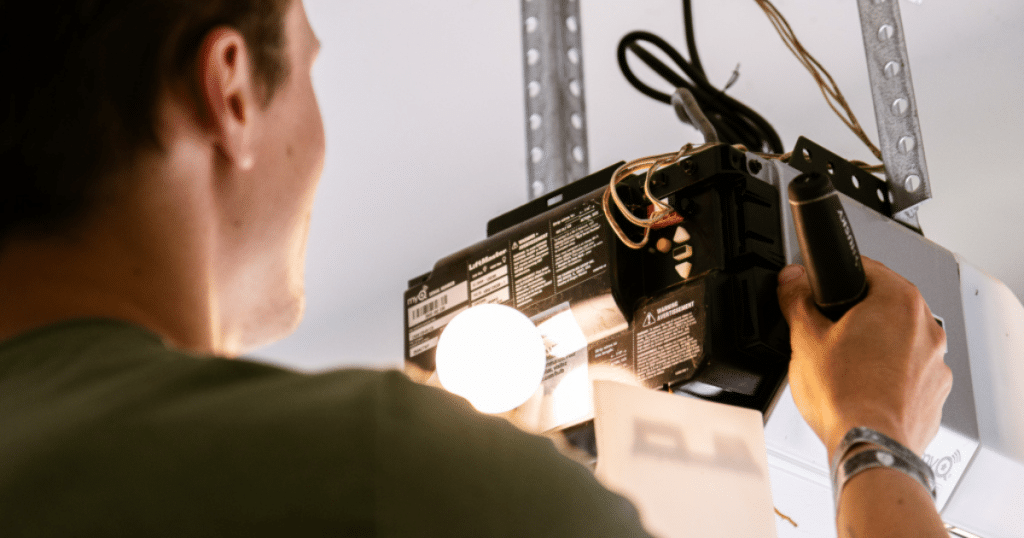
How to Identify Faulty Garage Door Opener Parts
Before replacing any parts for a garage door opener, diagnose the issue correctly. Here are some common symptoms and their likely causes:
1. Door Doesn’t Move, but Motor Runs
If your garage door motor runs but the door stays still, the problem might be a broken belt, chain, or trolley. These parts help move the door. Check for damage or wear and replace the broken parts to fix the problem.
2. Motor Doesn’t Turn On
If the motor doesn’t turn on, it might be due to a power issue, a bad motor, or dead remote batteries. First, check if the opener is plugged in. If the power is fine, check the remote and the motor unit.
3. Door Reverses Before Closing
When your garage door starts closing but then goes back up, dirty or misaligned safety sensors could cause it. The wrong force settings might also cause it. Clean and align the sensors, and adjust the close force if needed.
4. Grinding or Clicking Noises
The gears or sprockets might be worn out if you hear grinding or clicking when the door moves. These parts can wear down over time. Replacing the damaged parts will help your door work quietly and smoothly again.
5. Remote Doesn’t Work
If your garage door remote isn’t working, the batteries might be dead, or the remote could be broken. Check the antenna and try reprogramming the remote. If these steps don’t help, it’s best to call a garage door repair pro for help.
How to Replace Common Garage Door Opener Parts
Replacing parts for a garage door opener doesn’t have to be complicated. Follow these steps for a smooth repair process:
1. Replacing the Drive Belt or Chain
- Disconnect the opener from power.
- Remove the old belt/chain by loosening the tensioner.
- Install the new belt/chain and adjust tension as needed.
- Reconnect the power and test the door.
2. Installing New Safety Sensors
- Unplug the old sensors from the opener unit.
- Mount the new sensors at the same height (6 inches above the floor).
- Align them so the indicator lights are solid (not blinking).
- Secure wiring and test the door’s auto-reverse function.
DIY or Professional Replacement: What’s Best for Your Garage Door Opener
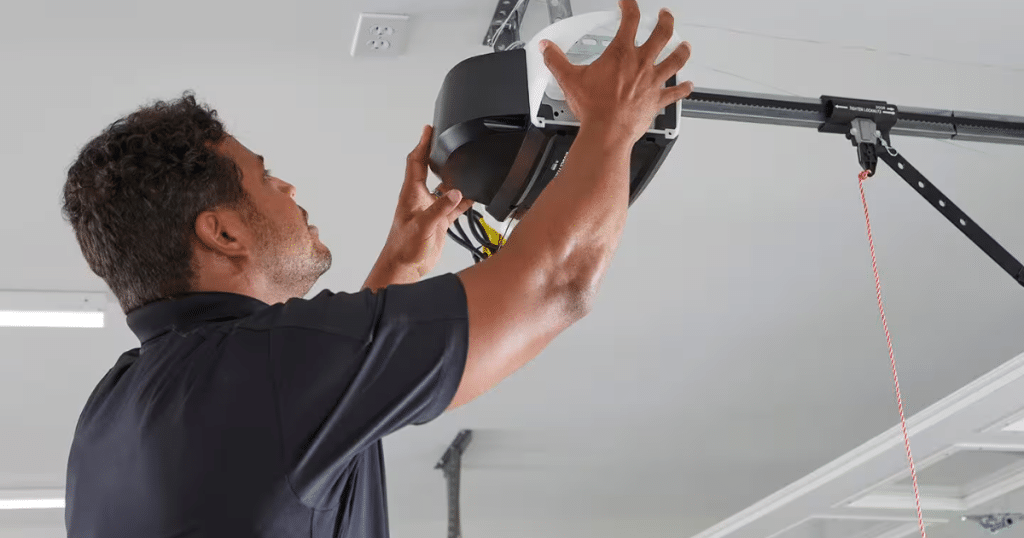
Some parts of a garage door opener, such as remotes, batteries, and sensors, are easy to replace yourself. However, motor repairs, gear replacements, and spring adjustments are best left to garage door professionals due to safety risks.
1. DIY Replacement Tasks
- Battery replacement: Change remote or keypad batteries easily.
- Remote/keypad setup: Program new devices using the opener’s learn button.
- Sensor cleaning or replacement: Fix alignment or dirty lenses yourself.
- Wall button replacement: Swap out broken buttons with simple tools.
- Light bulb change: Replace burned-out bulbs with the correct type.
2. Professional Replacement Tasks
- Spring replacement: High tension makes this job dangerous.
- Motor or gear repair: Internal parts need special tools and skills.
- Cable or track repair: Risk of injury or further damage.
- Circuit board issues: Electrical work should be handled by pros.
- Complete opener installation: Needs expert setup and wiring.
Frequently Asked Questions
How do I fix my garage door opener?
Start by checking the power source, remote batteries, and sensor alignment. Clean the sensor lenses and reset the opener if needed. If the motor makes noise but doesn’t move, it could be a gear or capacitor issue. Call a garage door repair pro if you’re unsure.
Can I replace a start capacitor with a run capacitor?
No, don’t replace a start capacitor with a run capacitor. They serve different functions, and using the wrong one can damage your motor. For the right advice or replacement, contact G & G Garage Door for expert guidance and reliable service.
Do I need to use a capacitor?
Yes, if your garage door opener’s motor needs a capacitor, you must use one. The capacitor gives the motor the power it needs to start or run. Without it, the motor may hum, struggle to move, or stop working. Always match the right type.
How do you tell if a garage motor is bad?
It may be bad if your garage door motor makes noise but doesn’t move the door. Other signs include a burning smell, no response when powered on, or frequent stops. Try basic checks first, but the motor may need replacing if it still doesn’t work.
Conclusion
Finding the right parts for a garage door opener can make a big difference in smooth and quiet door movement. Changing one small part can fix bigger problems and keep your system working correctly, whether it’s a gear, sensor, remote, or light cover.
Check the parts before replacing the whole unit if your garage door opener isn’t working correctly. With simple tools and clear steps, you can often repair it yourself. If the problem is more serious, our garage door repair services are ready to help anytime.
G & G Garage Doors offers quick and easy access to strong, reliable parts for a garage door opener. Our team helps with repairs of all sizes and gives friendly, expert advice. Call us today at 310-782-9000 to get fast help and keep your garage door running smoothly.
End Note
If you’re looking for dependable garage door services, G & G Garage Doors has you covered. We offer quality replacement garage doors, fast garage door repairs, and smooth garage door openers to keep your home safe, secure, and great-looking.
We also provide expert commercial garage door services for businesses and custom styles using CHI Door Visions. Visit our About page to learn more about our team. Our blog shares simple tips and advice, including guides on choosing the right parts for a garage door opener. Stay updated with valuable tips, product updates, and expert advice on caring for your garage door. Follow us on Facebook, TikTok, Instagram, X, and YouTube. For service or questions, visit our Contact page.
G & G Garage Door Co.
2335 Abalone Ave #108, Torrance, CA 90501, United States
+13107829000


